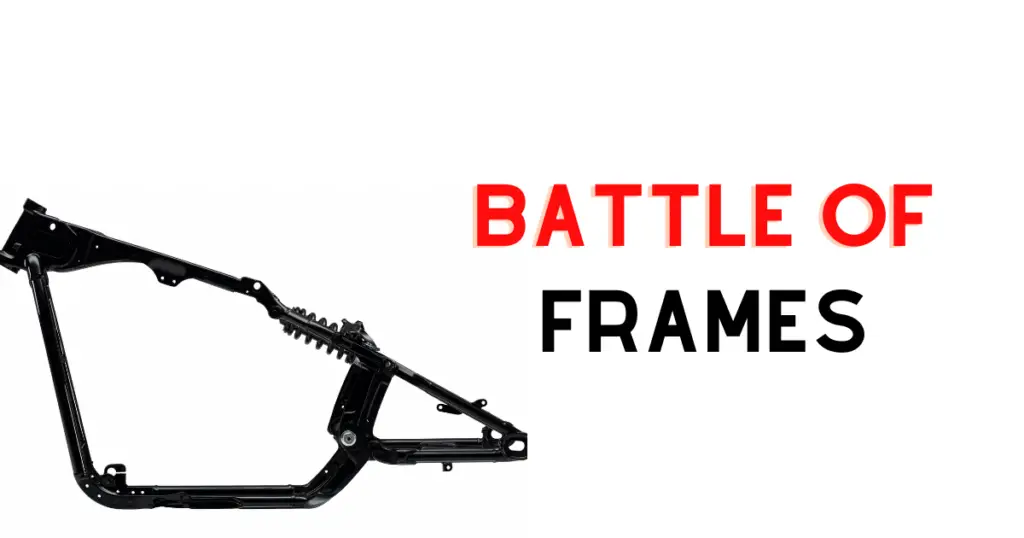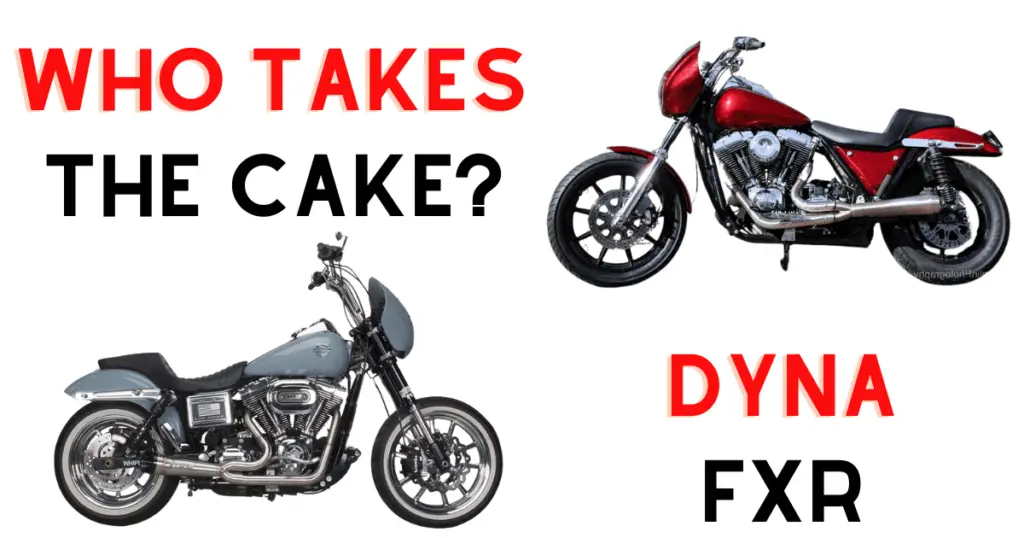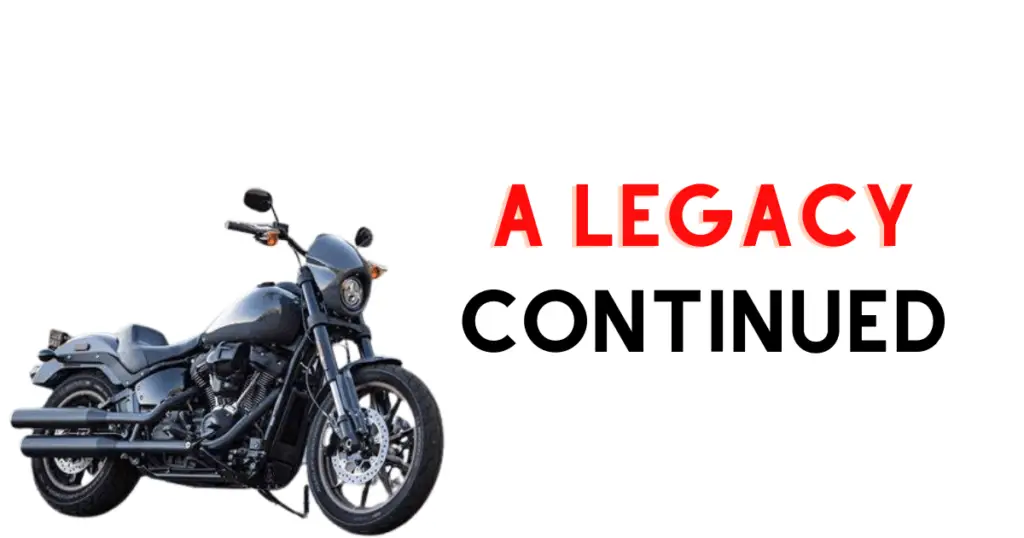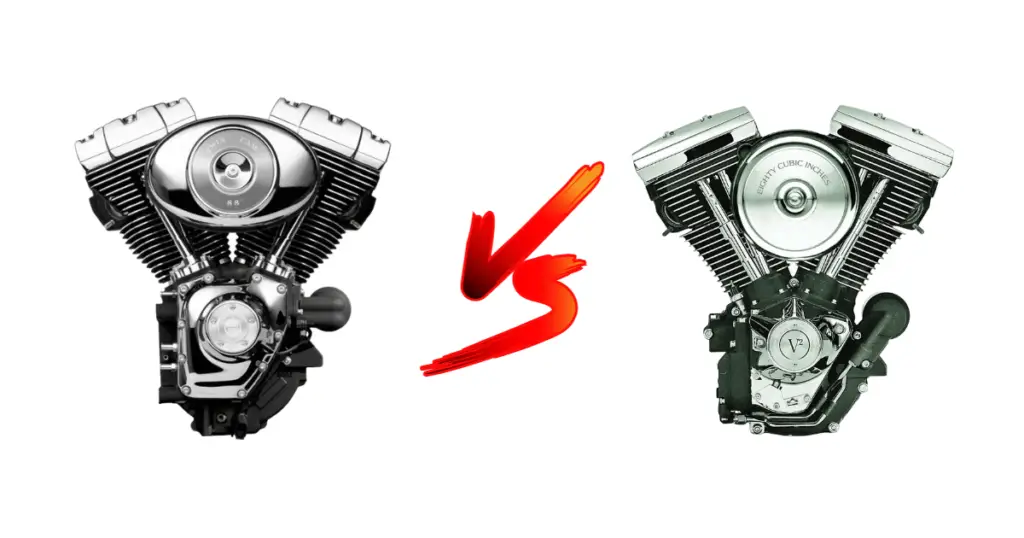When it comes to American motorcycling legends, few names hold as much clout as Harley-Davidson. Spanning generations, styles, and the open road, two models stand out for their endearing legacy and influence on the performance bike sector—the Harley-Davidson FXR and the Harley-Davidson Dyna. Enthusiasts often contemplate a motorcycle comparison that pitches the raw energy and rugged charm of these bikes against each other. The FXR frame set a new standard in the early ’70s, offering a ride that was both dynamic and rebellious. Meanwhile, the Dyna frame has established its own devoted following, with a form that epitomizes adaptability and the evolving Harley model comparison through the years. This exposition delves into the essence of these iconic models, gripping the hearts of riders with a Harley riding experience that is undeniably profound and distinctively American.
Related read: Harley Model Showdown: FXR vs FXRS vs FXRT
Key Takeaways
- Understanding the distinct characteristics of the Harley-Davidson FXR and Dyna frames is crucial for informed motorcycle comparison.
- Each model brings a unique contribution to the Harley model comparison debate, with the FXR revolutionizing riding comfort and the Dyna offering progressive design adaptability.
- The performance bikes arena is enriched by the storied legacy of both the FXR and Dyna, enhancing the Harley riding experience for riders worldwide.
- Examining the technical and aesthetic aspects of these models sheds light on Harley-Davidson’s commitment to innovation and rider satisfaction.
- Making an educated choice between FXR and Dyna involves considering the nuanced differences in handling, engine performance, and personal riding preferences.
History and Legacy of Harley-Davidson FXR and Dyna Models
Delving into the rich tapestry of motorcycle history, we uncover the enduring legacy of two extraordinary series that reshaped the fabric of motorcycling culture: the Harley-Davidson FXR and Dyna models. These classic Harley motorcycles are not mere machines; they are monumental benchmarks that exemplify Harley-Davidson innovation, symbolizing the brand’s unyielding spirit in the face of a competitive motorcycle market.
The Rise of the FXR: Revolutionizing The Riding Experience
Introduced in the early ’70s, the FXR platform, or Factory Experimental, emerged as the brand’s response to the surging popularity of high-performance Japanese imports. This paradigm introduced a motorcycle that was incredibly innovative for its time—an agile and robust beast that not only revolutionized motorbikes with less vibration and enhanced performance but did so in a more compact design. Its rubber-mounted engine and smoother ride stood in stark contrast to what was previously offered by the American icon, effectively ushering in a new era of rider comfort and mechanical refinement.
Evolving With Time: How Dyna Claimed Its Place in Harley Lore
The saga of the Dyna began in the 1990s, built upon the foundation laid by its predecessor. It encapsulated the evolution of motorcycling excellence with models like the Low Rider S—a homage to the FXR’s spirit, equipped with the brute force of the Screamin’ Eagle 110 cu. in. V-twin engine. This lineage of motorcycles symbolizes the brand’s perseverance and continued stride toward excellence, boasting bigger engines in their smallest frames yet keeping the classic vibe alive. The introduction of the Dyna series was a clear indication of Harley-Davidson’s commitment to embracing its heritage while simultaneously propelling itself forward into the future of motorcycling innovation.
Related: Super Glide vs Wide Glide: What’s The Difference?
Both the FXR and Dyna represent monumental chapters in the Harley-Davidson narrative—one that is characterized by an abiding dedication to performance, a relentless pursuit of rider-centric advancements, and a passion for securing a permanent place in the hearts of motorcycle enthusiasts. They stand as testaments to the brand’s adaptability, a quality that ensures their timeless appeal in a market known for its shifting dynamics and preferences.
Design Philosophy: FXR Frame vs Dyna Frame

The evolution of motorcycle engineering within the realms of Harley-Davidson has witnessed a focused dedication to frame design and chassis development. The inherent characteristics of bike handling, structural integrity, and ride quality are key determinants in the design philosophy that distinguishes the legendary FXR frame from the robust Dyna frame. Let’s delve deeper into the engineering feats that make these frames a cornerstone of Harley-Davidson’s legacy.
Engineering Excellence: The FXR Frame
In the pursuit of superior ride quality, the FXR frame was conceptualized with game-changing intent. Its blueprint signified a leap forward in motorcycle frame design, focusing on reducing vibration and enhancing rider comfort. Groundbreaking for its time, the FXR’s rubber-mounted engine setup granted it a smoother ride, mitigating the harshness often encountered on open roads. As a pivotal point in chassis development, the FXR frame set high benchmarks for structural integrity, fundamentally transforming the Harley-Davidson riding experience.
Dyna Frame’s Adaptability and Evolution
Every iteration of the Dyna frame underscores its lineage’s reputation for adaptability. Designed to accommodate an evolving roster of engines and riding styles, the Dyna demonstrates a thoughtful blend of tradition and innovation. Through its continued evolution, this frame has consistently managed to encapsulate the essence of Harley-Davidson’s commitment to motorcycle engineering. The frame’s adaptability has not only enabled a wider application across various models but has also systematically enhanced bike handling and ride quality, thereby maintaining Harley-Davidson’s iconic status in the motorcycle industry.
Related: Best and Worst Dyna Years: A Comprehensive Model Analysis
Dyna vs FXR: Performance and Handling Compared

Within the pantheon of Harley-Davidson’s storied range, the conversation about performance biking often zeroes in on the FXR and Dyna models. These two motorcycle series are landmarks in the oeuvre of Harley-Davidson, and a comparative analysis of their handling dynamics warrants an in-depth exploration.
The Harley-Davidson FXR became a pioneering force in the late 20th-century motorcycle landscape. It wasn’t just the mode of transport but the symbol of a high-performance lifestyle. The engineering genius behind FXR afforded it a smooth ride that set new standards for handling agility and responsiveness in the cruiser segment.
The evolved Dyna series, led by the enigmatic Low Rider S, propelled the DNA of performance further with refined and upgraded suspension systems. Harley-Davidson endowed the Low Rider S not just with sizeable muscle in the guise of a Screamin’ Eagle 110 cu. in. V-twin but fitted the bike with “Premium Ride” components that shine in delivering a high-caliber riding experience.
Such enhancements crystallize in the Dyna’s ride-quality—exemplary navigability through challenging terrain and an exhilarating maneuverability that appeals to the modern rider’s sensibilities. Whether used for daily commuting or joyrides, the robust yet nuanced structural support system places the Dyna at a competitive edge. Notwithstanding its contemporary rivals, these models show off Harley-Davidson’s dedication to performance and maneuverability that is both timely and timeless.
- Ride Comfort – Focused on FXR’s legacy and its rubber-mounted engine for decreased vibration.
- Handling Dynamics – Elucidates Dyna models’ upgraded handling dynamics with “Premium Ride” front forks and shocks.
- Suspension Systems – Highlights the mechanically advanced suspension systems that support spirited and composed rides.
- Maneuverability – Discusses how the Dyna’s adaptability manifests in an unrivaled maneuverability across varied conditions.
- Harley-Davidson Performance Heritage – Weaves the narrative of both models into the broader tapestry of Harley-Davidson performance biking culture.
In summary, the FXR vs Dyna comparison isn’t just about two bikes from different eras; it’s a reflection of Harley-Davidson’s unwavering commitment to evolve without losing sight of its performance roots. It is an ode to the past, present, and future of motorcycling excellence.
More comparisons:
– Dyna vs Sportster: Which Is Better and Where?
– Dyna Vs Softail: What’s The Difference?
Iconic Models: The Low Rider S Legacy

In the pantheon of iconic motorcycles, the Harley-Davidson Low Rider S stands as a formidable representation of the brand’s storied past and a keeper of the flame for performance cruisers. Embarking on a quest to combine the raw essence of muscle bikes with modern capabilities, Harley-Davidson drew upon its rich heritage to craft a machine that would carry the baton of their lineage into the future, which continues to throb with the heart of its ancestors.
Harley’s Inspiration: The Ford Cobra Jet and Low Rider S Origins
The fascination with big-engine bikes is no new tale. Harley-Davidson’s Low Rider S model pays respects to the Ford Cobra Jet, capturing the same adrenaline-fueled delight that the muscle car era once delivered. It’s a two-wheeled testament to the Harley-Davidson lineage, which has perpetually sought inspiration from the most muscular of American creations. With the Low Rider S, the brand has not only remembered but revitalized the philosophy of creating stripped-down, power-packed machines for the modern rider.
The Low Rider S Ride: A Blend of Performance and Comfort
Those who desire the combination of unbridled power with a comfortable riding experience will find the Low Rider S to be an extraordinary synthesis. This motorcycle reinforces Harley-Davidson’s prestige within the muscle bike domain. It possesses a distinct character, one defined by a torque-laden roar and easy-riding ergonomics that whisper tales of the open road. In many ways, the Low Rider S serves as a bridge between various eras, encapsulating the soul of Harley-Davidson performance cruisers in a package that demands authority on the streets of today.
Read more: Harley Davidson Frame Types And Model Codes Explained
The Engines: Screamin’ Eagle 110 vs Standard Versions
For motorcycle enthusiasts, the engine is more than just a machine’s heartbeat; it’s a statement of character and intent. Harley-Davidson, a brand synonymous with raw power and soul-stirring soundtracks, knows this better than most. The comparison between the renowned FXR and Dyna models often boils down to their iconic powertrains, where the Screamin’ Eagle 110 motor stands as a formidable benchmark.
FXR and Dyna Powertrain Comparison
The engine landscape within Harley-Davidson’s history is chronicled by a consistent push for powertrain reliability and engine performance. The Screamin’ Eagle 110, that powers certain Dyna models like the heralded Low Rider S, is a pinnacle of this engineering lineage. It offers a throttle response that’s both immediate and refined, leaving standard powertrains contending with its sheer prowess.
As for the FXR models, their engines have left an indelible mark on the culture of motorcycling, where ride quality and reliability merge. But when pitted against the upgraded Screamin’ Eagle 110’s enhanced engine performance, the conversation pivots towards a new horizon of on-street refinement and enthusiasm.
Torque vs Power: Navigating the Streets With Harley Engines

Understanding the tug-of-war between torque and horsepower unveils a vital aspect of riding dynamics. The Screamin’ Eagle 110 ushers in a torque-first philosophy, deploying power in a manner that’s less about peak numbers and more about rideability. It means delivering gutsy pull and a velvety spread of force across a wide range of revs, solidifying its dominance in the torque vs horsepower debate.
This torque-heavy approach is more than a metric; it defines how a Harley-Davidson motorcycle moves you, literally and metaphorically. It’s a difference that manifests in every twist of the throttle, favoring street riders who crave that immediate hit of acceleration over track-focused high-speed sprints.
In summary, whether it comes to cruising the boulevards or carving mountain paths, the Screamin’ Eagle 110 engine enhances the riding experience with an unmistakable harmony of force and finesse. With Harley-Davidson, it’s never just about getting from point A to B; it’s the rebellious roar and relentless surge that transcends the journey into legend.
Conclusion: Embracing the Spirit of Motorcycle Culture
As the reverberations of the Harley-Davidson heritage resonate through the timeline of motorcycle culture, enthusiasts are presented with an enduring debate: the comparison verdict between the legendary FXR and its successor, the Dyna. Both models encapsulate chapters of relentless innovation tailored to the beat of riders’ hearts. With the FXR, riders experienced a revolution in comfort and performance, setting a firm foundation for future endeavors. Following in its tracks, the Dyna, notably through the bold Low Rider S, showcases Harley-Davidson’s capacity to adapt, marrying classic sensibilities with the thirst for performance synonymous with today’s motorcycle enthusiasts.
For those seeking the ultimate ride choice, the decision between an FXR and a Dyna motorcycle is steeped in personal preference and a deep appreciation for the respective legacies these bikes carry. Each model is an artifact of its time, yet perennially forward-looking, continually demonstrating the brand’s dedication to meet, and exceed, evolving rider expectations. The FXR and Dyna legacy isn’t merely a bygone era of moto-excellence but a living heritage that breathes life into the future of two-wheeled innovation.
In summary, Harley-Davidson stands not only as a bastion of American motorcycle culture but as a sculptor of the global biker ethos, continually pushing the boundaries of what it means to ride. The FXR and Dyna are more than capable machines; they are the embodiment of freedom and ingenuity on the open road, forever uniting and inspiring motorcycle enthusiasts worldwide.